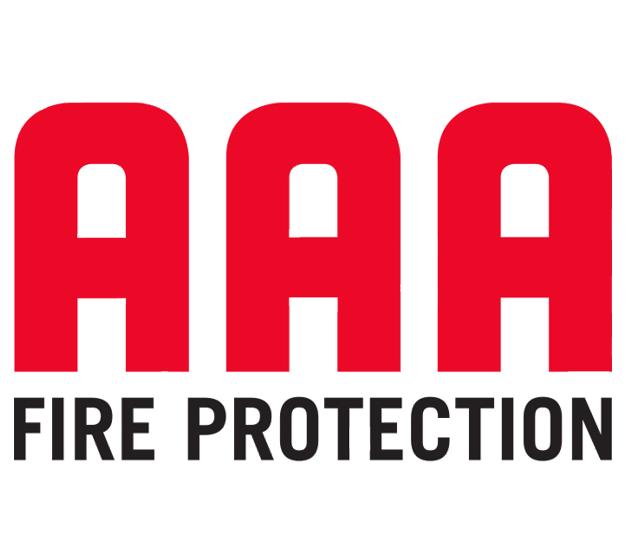Your backflow preventer is designed to keep water flowing in just one direction, which keeps the water in your home or business from getting contaminated. At AAA, we provide backflow preventer testing, maintenance, and repair.
Backflow Assembly
The Importance of Backflow Testing
Backflow preventers are designed to keep the water that flows to your home or business moving in one direction. In doing so, they stop backflow and prevent contamination of drinking water. That’s why most city water utility organizations require annual testing to verify that your backflow preventer is working properly. Our team at AAA Fire Protection offers backflow testing, as well as repairs and maintenance, to ensure that your backflow preventer is in compliance. We’ll even file backflow test reports on your behalf, to keep your system in good standing with the city.
Backflow Testing with AAA Fire Protection
Backflow testing is a relatively quick process – often, it takes our team only ten minutes to complete. When you schedule a backflow appointment, one of our certified technicians will come out to perform the test. However, if your backflow preventer is located in a particularly tough spot to access, two technicians may be needed. The technician performing the test will then attach hoses to check valves on the assembly to determine water pressure in various areas of the apparatus.
We Assess Backflow Assemblies For:
- Fire Sprinklers
- Irrigation Systems
- Domestic Pipe Systems
WHY AAA FIRE
Our story began in 1954. Family-owned and operated with headquarters in Seattle for over 60 years, we’ve grown to become a name synonymous with fire protection in the Northwest. Providing one of the most comprehensive service and product offerings in the region, backed by the largest fleet of service technicians, we stand ready.
FREQUENTLY ASKED QUESTIONS
WHAT MAKES A BACKFLOW PREVENTER COMPLIANT?
Compliant backflow preventers will meet all of the standards set forth by Stanford University’s guidelines, and will pass the field test that assesses those guidelines. For more information, check out this sample backflow preventer field test form provided by the Washington State Department of Health.
WHAT MIGHT CAUSE MY BACKFLOW PREVENTER TO STOP WORKING?
Backflow failures most often occur because of debris build up within the assembly or worn-out check valves. Regional weather conditions can also impact the lifespan of a backflow preventer. For example, an especially cold winter or exposure to very salty air can cause a backflow preventer to degrade more quickly.

